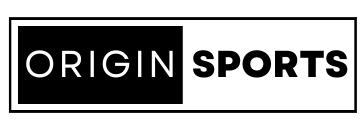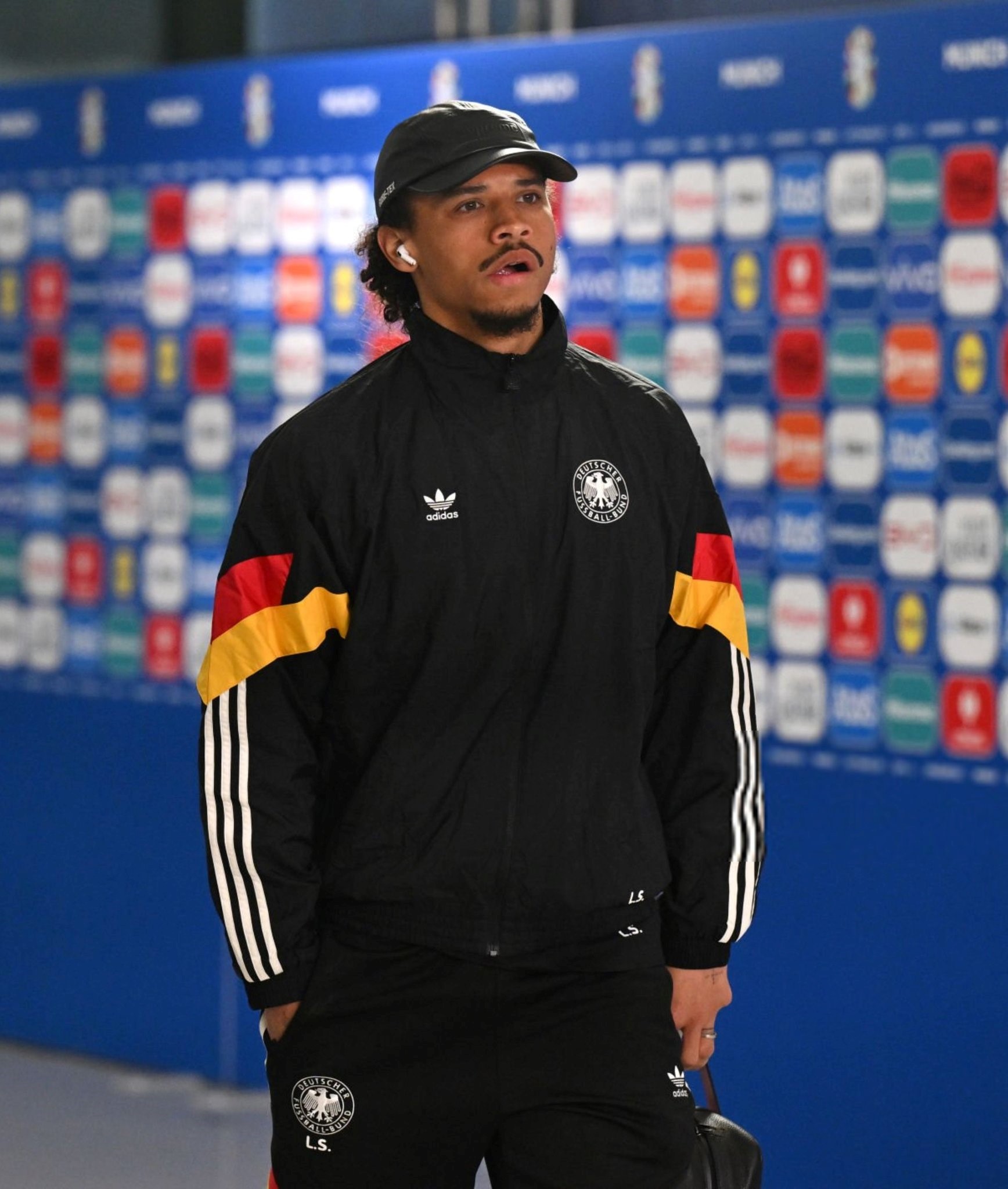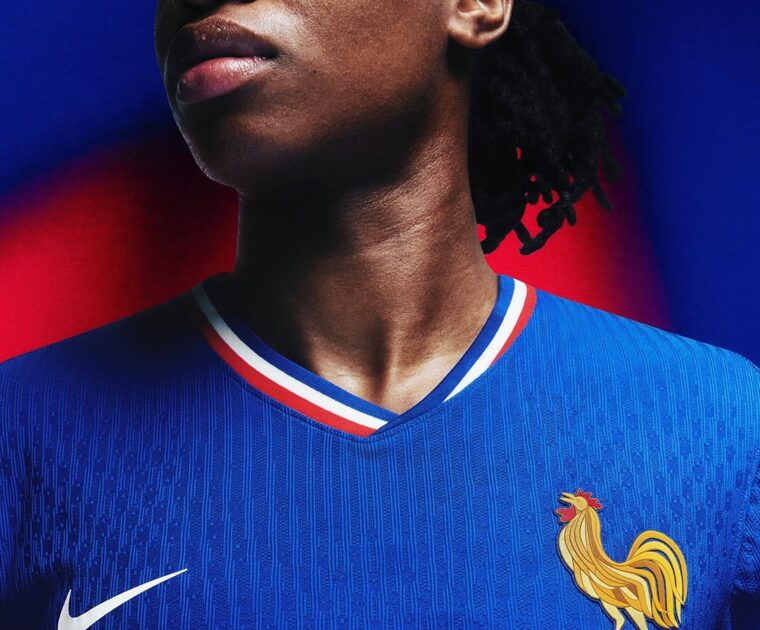Understanding the Manufacturing and Supply Chain of Adidas’ Kit
Adidas, a global leader in the sportswear industry, has developed an advanced and efficient manufacturing and supply chain system for its kits.
Let’s delve into the detailed processes involved in the production and distribution of the Adidas sportswear:
1. Raw Material Sourcing
The journey of an Adidas kit begins with the sourcing of raw materials. Adidas prioritizes sustainable and high-quality materials, including recycled polyester and sustainably sourced cotton. The company collaborates with suppliers who adhere to stringent environmental and social compliance standards. For instance, Adidas works with the Better Cotton Initiative (BCI) to source sustainable cotton and uses recycled polyester to help reduce its environmental footprint.
2. Material Processing and Fabric Production
After sourcing, raw materials undergo processing to become fabrics. Polyester is often recycled from plastic bottles through a process that involves cleaning, shredding, melting, and reforming into yarn. This yarn is then woven or knitted into fabrics. Advanced technologies like Primeknit are used to create seamless, form-fitting garments with superior flexibility and breathability, minimizing waste and ensuring precise material usage.
3. Design and Prototyping
Adidas employs a team of designers who create both the aesthetic and functional aspects of each kit. Using Computer-Aided Design (CAD) software, designers then develop detailed digital prototypes. These prototypes are then used to produce physical samples, which undergo rigorous testing for performance, durability, and comfort. Feedback from athletes and brand ambassadors is crucial at this stage to ensure the kits meet the highest standards.
4. Cutting and Sewing
The manufacturing process begins with cutting the fabrics into specific patterns using advanced cutting machines equipped with computer controls for precision. These patterns are then sewn together using high-speed sewing machines. Adidas employs both automated and manual sewing processes to maintain high standards of quality. Skilled workers assemble various components, including collars, sleeves, and logos.
5. Quality Control
Quality control is integral to Adidas’s manufacturing process. Each kit undergoes multiple inspections at various production stages. These inspections check for stitching quality, fabric integrity, colour consistency, and adherence to design specifications. Adidas employs rigorous testing methods, including tensile strength tests and moisture management tests, to ensure each kit meets the company’s stringent quality standards.
6. Printing and Embroidery
Branding elements such as logos, numbers, and names are added to the kits through printing or embroidery. Adidas uses state-of-the-art printing techniques, including screen printing, heat transfer, and sublimation, to apply graphics with precision and durability. Embroidery machines add logos and other details with high accuracy, ensuring the kits have a premium finish.
7. Packaging and Distribution
After the kits pass all quality checks, they are packaged for distribution. Packaging is designed to protect the kits during transit and minimize environmental impact, using recyclable materials and innovative solutions to reduce waste.
The distribution phase involves a complex logistics network ensuring the kits reach retail stores, online customers, and wholesale distributors worldwide. Adidas leverages advanced supply chain management systems to track inventory, manage orders, and optimize shipping routes. Warehouses are strategically located to facilitate efficient global distribution, and sophisticated logistics software helps manage the flow of goods.
8. Retail and Customer Engagement
Adidas kits are sold through various channels, including Adidas retail stores, online platforms, and authorized retailers. The company uses data analytics to understand customer preferences and manage inventory effectively. Digital platforms provide a seamless shopping experience, offering detailed product information, customization options, and fast delivery services.
9. Sustainability Initiatives
Adidas is committed to sustainability throughout its supply chain. The company aims to use 100% recycled polyester in its products from 2024 onwards and recently introduced initiatives like the Parley for the Oceans program, which transforms ocean plastic waste into high-performance sportswear. Adidas also focuses on reducing water usage, energy consumption, and carbon emissions in its manufacturing processes
Design Analysis
To distil the kit’s design features, elements, style & quality, we have to identify its source of inspiration. According to The Bundesliga, the design was inspired by the idea of expressing German football’s tradition in a modern way, with a typical white colour along with the black, red and gold of the national flag running over the shoulders anteriorly and posteriorly in the shape of an eagle’s wing. The alliteration of the dominant national colours was borrowed from the bold accentuations from the 70s and 80s German kits.
The sleek design is enabled by a white texturized background palette that has a chequered palette of triangular diagonals interlocked in pentagon blocks. The shirt borrows the Adidas Heat Dry technology that provides seamless cooling for athletes running up and down a field. Black elastic seams are anchoring the hips and the thighs of the shorts making use of the same design in the front and unleashing the same eagle hue of the German national colours to provide the contrasting balance of the kit from the posterior view.
The famous 3 lines and the Adidas logo seamlessly blend and welcomes the same German colour eagle design on the shoulders creating a beautiful asymmetric hue of the national colours that’s very pleasant on the eye. The corresponding socks have a balanced colour mix of a black base stemming into the calf area while it maintaining its white predominance.
The away kit was a bold design move that took inspiration from the hue theme of this year’s German theme. Native pink stretches from violet to blue amalgamating together to form a “Purple Pink” colour that is fashionable and exudes luxury. The base of the shirt has interlayers and cognitive colour hues of interlocking slender zigzags that make the front concept of the hue design sportier and sophisticated. Adidas’ logo and the squad’s name & numbers were layered in white juxtaposing the design in a beautiful way which could be unpopular to traditional German fans who are used to their black away kits of old.
The pre-match t-shirt, pre-match tracksuit, anthem windbreaker jacket, and post-match t-shirts in the same capsule collection are a design mastery. Each thread oozes class and is a luxury embodiment of good design. They are the best complementary designed to complement an excellent kit.
The manufacturing and supply chain of Adidas kits exemplify the company’s commitment to quality, innovation, and sustainability. From raw material sourcing to customer engagement, each step is meticulously planned and executed to deliver superior products to athletes and consumers worldwide. Through continuous improvement and technological advancements, Adidas remains a leader in the sportswear industry, setting benchmarks for efficiency, sustainability, and excellence.
Adidas has had a rough patch financially with several severances on the partnership front losing millions of Euros and has recently lost their bid to renew their DFB contract with the German FA for 2027. Losing out to Nike, which some insiders have described as a “mammoth difference between the two bids presented to the FA” stings for all German football purists who have witnessed their own company lead the threads for more than 70 years.
Nevertheless, by maintaining a focus on these elements, Adidas ensures that every piece of its sportswear meets the highest expectations of its global customer base, blending performance, style, and environmental responsibility.
Chen Gilmor rates the German Home Kit a 9/10 and rates the away kit an 8/10 with design features, style, elements, overall quality, and supply chain indices being the metric core factors.






Leave a Reply